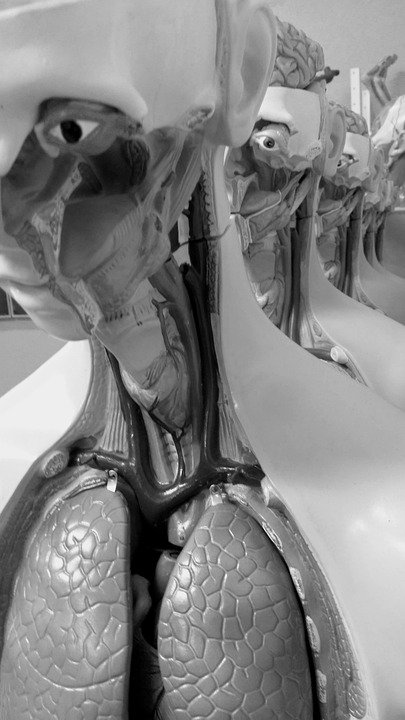
The respiratory system is a complex network of organs and tissues that work together to help us breathe. One important component of the respiratory system is the bronchioles, which play a crucial role in maintaining respiratory health.
Bronchioles are small airways that branch off from the main bronchi, which are the large airways that connect the trachea to the lungs. These tiny airways are responsible for carrying air to and from the alveoli, which are the tiny air sacs in the lungs where gas exchange takes place.

The primary function of the bronchioles is to regulate the flow of air into the lungs. When we breathe in, the bronchioles dilate, allowing more air to enter the lungs. When we breathe out, the bronchioles constrict, helping to push the air out of the lungs. This process helps to ensure that our bodies receive an adequate supply of oxygen and that waste gases, such as carbon dioxide, are efficiently removed from the body.
In addition to regulating airflow, the bronchioles also play a role in protecting the lungs from harmful substances and pathogens. The walls of the bronchioles are lined with a layer of mucus and tiny hair-like structures called cilia. This mucus layer helps to trap and remove dust, bacteria, and other particles that we inhale, while the cilia work to sweep these particles out of the airways and into the throat, where they can be swallowed or coughed up.

Unfortunately, the bronchioles can become inflamed or constricted due to a variety of factors, including infections, allergies, and exposure to irritants such as smoke or pollution. When this happens, it can lead to a condition known as bronchoconstriction, which can make it difficult to breathe and cause symptoms such as wheezing, coughing, and shortness of breath.
One common condition that affects the bronchioles is asthma. Asthma is a chronic respiratory disease characterized by inflammation and narrowing of the airways, including the bronchioles. People with asthma often experience recurrent episodes of wheezing, coughing, chest tightness, and shortness of breath, especially in response to triggers such as allergens, cold air, exercise, or stress.

Another condition that can affect the bronchioles is chronic obstructive pulmonary disease (COPD). COPD is a progressive lung disease that is characterized by persistent airflow limitation due to inflammation and damage to the airways, including the bronchioles. People with COPD may experience symptoms such as chronic cough, excessive mucus production, and shortness of breath, which can significantly impact their quality of life.
Understanding the role of the bronchioles in respiratory health is crucial for maintaining healthy lungs and preventing respiratory conditions. Here are some tips for keeping your bronchioles and lungs healthy:
1. Avoid smoking and exposure to secondhand smoke, as tobacco smoke can irritate and inflame the bronchioles, leading to respiratory problems.
2. Maintain a healthy weight and exercise regularly to improve lung function and overall respiratory health.
3. Practice good hygiene, such as washing your hands frequently and avoiding close contact with people who are sick, to reduce your risk of respiratory infections.
4. Get vaccinated against respiratory infections, such as influenza and pneumonia, to protect yourself and others.
5. Follow a balanced diet rich in fruits, vegetables, and whole grains, which can provide essential nutrients and antioxidants that support respiratory health.
By taking care of your bronchioles and lungs, you can help ensure that your respiratory system functions properly and that you can breathe easily and comfortably. If you have any concerns about your respiratory health, it is important to consult with a healthcare professional for guidance and support.

Discover more from Bibliobazar Digi Books
Subscribe to get the latest posts sent to your email.


